(AfroGamers.com) In the 1980s and early 1990s, professional wrestling in the U.S had two main approaches.
These different approaches would influence the creative direction of wrestling going forward into present day.
However, one influence would become the more dominant purely by longevity, an evolving product, and having strong exposure in different regions.
Knowing Your Flavor: The Southern Vibe of the NWA
In the South and throughout the National Wrestling Alliance, it was more athletics-based with fiery, relatable promos.
For instance, it’s believable that someone would be upset and want to fight if their $10,000 that they won through hard or a fight was stolen or of the Cadillac they earned was vandalized.
Bad guys—or heels—were often loud, wild, dirty, and/or cocky about how good they were and what they would do.
You either backed them up because they could back up their claims or you booed them because it was too much.
The good guys—or faces—were the usually the opposite. You could find some that would brag but they would do their best to remain composed and be a good example of a great local hero.
Of course, if the heels continued with their shenanigans and dirty dealings, faces could become fired up and it would be understandable once they crossed that line .
As a fan, you booed them because they could be too cheesy or too squeaky clean or cheered them because they were that local, relatable hero.
This was the brand throughout the Carolinas, Georgia, Alabama, Texas, and so on.
Mind you, Florida, Detroit, and especially Memphis had their cartoon-y elements with a monster-of-the-week approach in some cases but as far as the action, at its core it still featured those fiery faces and heels you wanted to see lose.
It helped that this was the core approach in most areas since the NWA had a traveling champion such as Ric Flair or Harley Race who were often heels.
It’s important to note that this vein of pro wrestling has its roots in the NWA’s roots in the Midwest (Iowa specifically) as well as in the Northeast in the pre-WWWF era at a time where wrestling was still portrayed as extremely competitive and the main stories were “Who is the real World Champion” or “Who is the legitimate contender”.
Then wrestling started to pick up across the country. Different promoters had their own audiences to cater to and a certain product or particular storylines were more relatable to those fans.
In the South—which eventually started to dominate the NWA in the 70s and 80s—your stories sometimes involved that territory’s family faces battling group of heels, a family of heels, or an invading, traveling heel.
Where The Cartooniness of Pro Wrestling Comes In
The World Wrestling Federation is a name that is now interchangeable with pro wrestling in the U.S. Many lapsed fans will you they stopped watching “that WWF-sh**”.
Mind you, it’s been almost twenty years since WWE was called WWF but that branding is still more synonymous with American pro wrestling.
The product had all of the same trappings of its NWA uncle—which WWWF and the WWF were a member of at times—however some of those trappings were downplayed.
Whereas the NWA was varying parts athletic storytelling and emotional fist-and-fire sagas the WWF would lean with local faces and local or invading heels, the WWF ran with ethnic faces who could hold the Northeast early on.
Wrestlers such as Bruno Sammartino and Pedro Morales were guys that everyone could cheer for as they were the regional everyman—similar to Dusty Rhodes a few years later—but they had their base fans in Italian-Americans and Boricuas throughout New York and surrounding areas.
The style was very much on the slam-bam style with a couple of guys having that athletic, technical approach but the WWF also mixed in a lot of the Gorgeous George showmanship and drama to the matches.
WWF As Comics and Cartoons
Once guys like “Superstar” Billy Graham came in with his larger than life physique, colorful attire, and exciting microphone work, WWF really began its shift towards being entertainment-heaviness.
While a Southern territory like Memphis featured Jerry “The King” Lawler fighting monsters like Kamala, the WWF and also the NWA would feature black hat cowboys, monsters, wild men, and the most dreaded of them all: The Russians.
It was the 70s and 80s and by that time, the Cold War was heating up again and the harsh German/implied Nazi heel characters gave way to the Russians.
As the 80s rolled on and following the success of Rocky III—which featured a young Hulk Hogan as Thunderlips—muscular, larger than life wrestlers began to become the norm.
Owner Vince McMahon sought a product that could cater to all ages but particularly children since kids can get adults to buy them merchandise that had no use with enough begging.
To do that, you had to a product that wasn’t just wrestling but was also entertaining enough that spectators would show up to arenas and viewers would be glued to the TV.
Think of it in the same way as cartoons from the late 80s and throughout the 90s. They were essentially 22-minute commercials for whatever line of toys or video games that were out at the time while also featuring commercials for that product.
That means you were getting with more commercials to purchase toys, shirts, games, lunchboxes, and so on.
WWF had all of that, ice cream bars, tickets to local shows, other television shows to watch, albums, cartoons, and even movies—all before the 80s ended!
To achieve that in less than a decade of being headed up by the Vince the Younger, it couldn’t be the more traditional promotion that his father ran during the 50s and into the 70s. It had to resemble the comics that were popular in the 60s and 70s and the cartoons that dominated Saturday mornings in the 70s and 80s.

Wrestling Evolved Like Comics and Cartoons Did
In the 70s and 80s, wrestling storylines became more involved and longer form just like comic books and cartoons at the same time. It was all about knowing your audience.
The most visible period that drew in mainstream fans was the 1990s. Here on AfroGamers, we’ve gone into comics such as Image Comics’ Spawn and Savage Dragon or Milestone’s Blood Syndicate and Hardware.
These comics were more mature than what Marvel and DC were doing at the time. While drug use was addressed during the 80s and violence danced with 1940s and 1950s EC Comics-level violence, Marvel and DC had settled into the larger than life, exaggerated physiques approach.
Meanwhile, Image Comics and Milestone Comics were bucking the rules of the Comics Authority. Violence was more intense but paired with realistic, grittier stories that catered to a different teenage demographic from the 70s and 80s.
Whereas the Comics Authority didn’t want law enforcement or the government to be viewed unfavorably or as bad guys, both were the cause of strife in the Milestone Comics universe which was geared towards teen and adult readers of color.
The police were questionable in Savage Dragon and the government were the cause of Al Simmons’ current situation in Spawn.
Eventually, the larger comic book companies would follow suit as Image Comics started to get buzz and adoration from readers and reviewers. For instance, in Marvel Comics the government was more of threat to the mutant population to the point of hunting them down.
It was originally presented in the 80s but Marvel went balls-to-the-wall with it in the 90s. The police and media were presented more heavily as tool to hunt down Spider-Man as well.
A mature tinge to storylines was always around in the 80s but catering to children was still a focus—even when that’s a demographic that wasn’t known for grasping the complexity of storylines at that age.
Another good example is during the 90s, the beloved Batman: The Animated Series and Animaniacs featured storylines, gags, scenes, and a time slot geared more towards teenagers but the advertising and merchandising were still towards children.
Kids—myself included—watched Animaniacs because it was a cartoon. We followed Batman: The Animated series because it was a cartoon and because it was freaking Batman.
90s Comics and 90s Wrestling Were Identical
Tying it back to wrestling, Extreme Championship Wrestling hit the scene in the early 1990s. By 1994 and 1995, it featured these really mature storylines that catered more to teenage and adult males.
Adultery, pimps, blood, cursing—not just swearing—and violence were the order of the day. All of this was headed up by a beer-drinking, cigarette-smoking, stick-swinging blue collar/trash anti-hero who resembled the everyman.
As a fan, even if you were an athlete, you might never get to be as big as a Hulk Hogan or Lex Luger or as popular. However, you could easily be the neighborhood hero who beat the “bad guys” with a stick, drank beers, and smoked cigarettes all while wearing sneakers, a smedium shirt, and Zubaz pants.
Just like the heroes created in the 90s, a wrestler’s path to being a hero or anti-hero is dark or blemished. The above character described was ECW’s The Sandman. Pairing him Al Simmons of Spawn, both came in wanting to do the right thing. Sandman was babyface surfer hero while Al Simmons joined the military and then the CIA to protect the U.S.
Betrayal made both do unsavory things. With The Sandman, his wife shacking up with his best friend turn him into a violent pimp while Al Simmons—doing dirty work for the CIA—was betrayed by the CIA and became a Hell-powered anti-hero who was now striking back at the CIA’s head.
Comic book readers in the 90s rocked heavily with Spawn because it was hero’s tale for that decade. He was dark, different from your typical brightly-colored, do-good hero, and he intentionally killed. Wrestling fans rocked with The Sandman because he was like them and wasn’t above extreme violence.
Bringing both comics and wrestling together, the 90s saw villains and heroes reconcile often for a common threat.
Ripped From the Headlines
Also, both kept the timeless tradition of ripping stories from the headlines. The Sandman got his well-known “Singapore cane”—actually a shinai or bamboo practice sword in kendo—from the 1994 Michael Fay caning punishment in Singapore.
The Fay incident made national news at the time and in ECW, a match with another wrestler stipulated that the loser was to receive ten strikes with the cane. As mentioned before issues with Russia between the 1960s and 1980s saw many Russian heels in wrestling.
With things ramping up the Middle East during the late 80s and 90s, Arabic heels made a short return after a couple of years of being out of favor. In the WWF, hero Sgt. Slaughter becoming an Iraqi sympathizer was a major heel turn.
War and patriotism have both been ongoing elements in wrestling and comics. During the 1940s and into the 1950s, we saw Nazis in wrestling and superheroes such as Captain America made his bones brawling with Nazis.
Wrestling and comics have always been identical in many ways.
Staff Writer; M. Swift
This talented writer is also a podcast host, and comic book fan who loves all things old school. One may also find him on Twitter at; metalswift.
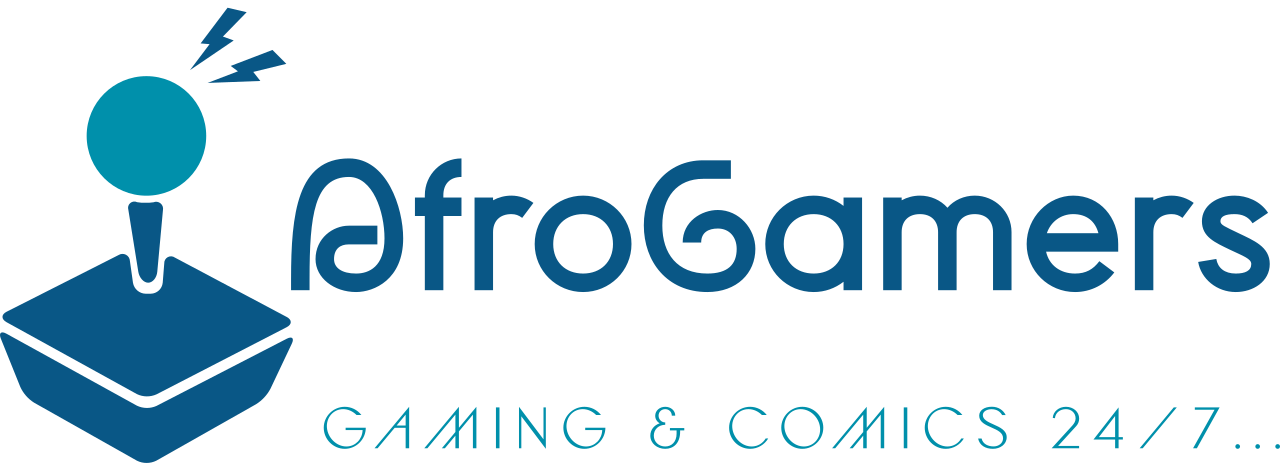







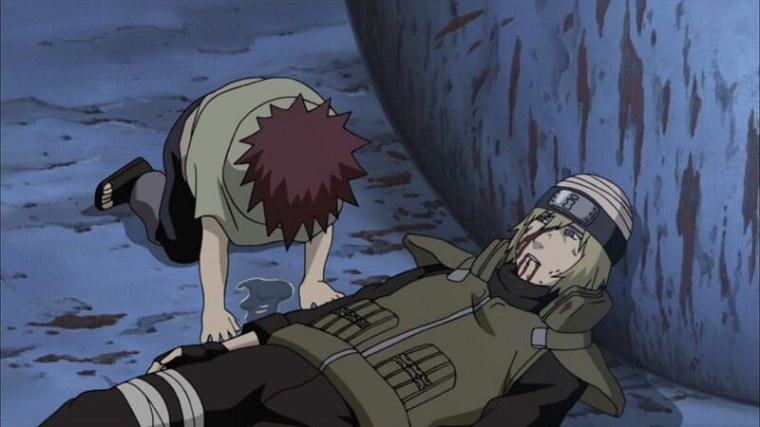
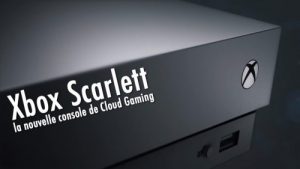
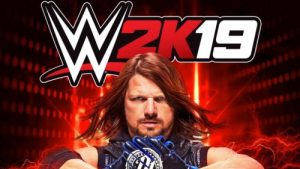
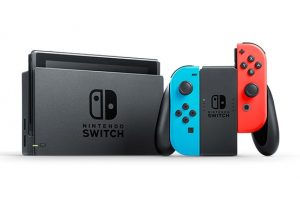




Leave a Reply